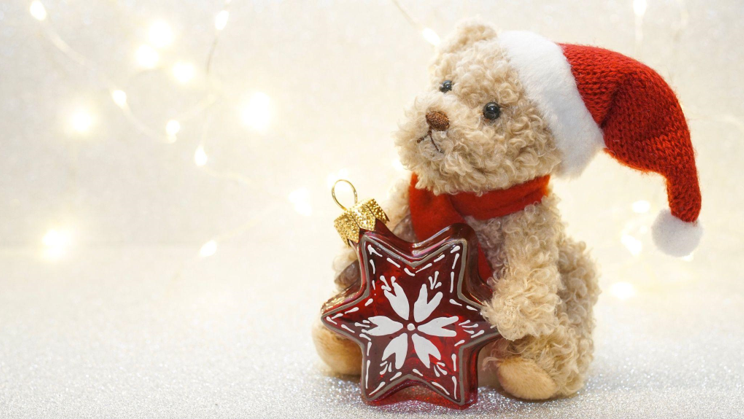The Evolution of Artificial Christmas Trees:
Artificial Christmas trees have become increasingly popular in recent years. These trees offer convenience and ease, requiring no water, needles, or maintenance. The history of artificial trees dates back to the 19th century when the first artificial trees were created from feathers dyed green. Later, artificial trees were made from metal and wood, which slowly evolved into the modern-day plastic trees we know and love.
While artificial Christmas trees were initially created to alleviate the environmental impact of cutting down live trees, they have become a staple in homes worldwide. The creation of modern artificial trees has revolutionized how we celebrate Christmas, and they are now available in various styles, colors, and sizes.
Artificial Trees in the Bible:
Trees play a significant role in many stories throughout the Bible. For instance, Adam and Eve consumed the apple from the Tree of Knowledge, which led to their downfall. Trees were also used to build the ark that saved Noah from the flood, and the pomegranate tree held great significance in the book of Song of Solomon.
Interestingly, while artificial trees have no explicit mention in the Bible, they seem to connect to the story of Adam and Eve. These trees symbolize nature, and the Bible describes Adam and Eve being banished from the Garden of Eden, where beautiful trees surrounded them. Artificial trees, therefore, can be seen as bringing nature into our homes, allowing us to reconnect with the beauty of God’s creation.
Popular options for artificial Christmas trees include white Christmas trees with blue lights. This color scheme has become increasingly popular, offering a classic, elegant, modern, and traditional look. White trees are often seen as trendy, and their versatility allows them to be incorporated into various decorating styles, from Scandinavian to coastal.
When selecting the perfect artificial tree, there are a few key things to consider. Firstly, size matters! Measure the space where you want to place your tree to ensure it fits perfectly. Secondly, think about the tree’s style, color, and lighting, choosing something that matches your decor and personal preferences.
In conclusion, artificial Christmas trees are far more than just a modern creation of convenience. While they have significantly evolved since their feather and wood days, they remain a symbol of nature and a reminder of Adam and Eve’s creation story. By bringing a touch of the natural world into our homes, we can celebrate the beauty of God’s creation during the festive season. And with a wide range of styles, sizes, and colors available, there is an artificial tree for everyone!
